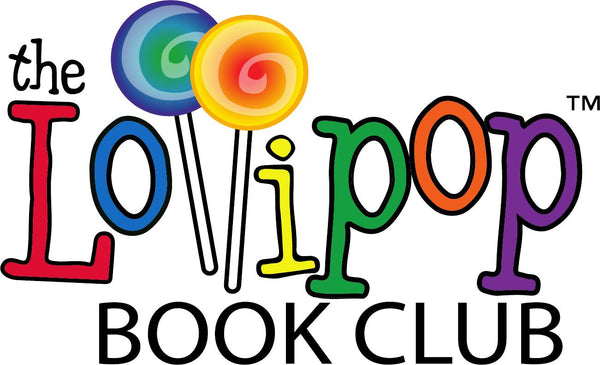Reading is probably the single most fundamental skill required to succeed in life. No matter the path, profession, or calling, a person's reading comprehension skills are vital for success. The measurement for defining satisfactory reading ability falls on a continuum that varies greatly depending on an individual's future aspirations. A child who has plans to attend college or beyond will have a greater requirement to read and process greater quantities of material than perhaps someone who pursues trade school.
Beyond academia, certain professions, like lawyers, researchers, and doctors, demand the ability to read and respond to massive amounts of written content. At the same time, children who are less inclined to go into reading-centric fields will absolutely need strong processing skills to excel. For this reason, it is crucial for parents to emphasize the importance of literacy from the time their children are born. Here are some startling facts and statistics about childhood literacy- both good and bad - that shed light on the current reading issues in the United States.

(1) In the United States, 79% of adults are considered literate.
This means that these individuals can read proficiently enough to complete basic tasks like summarizing written material, making obvious inferences based on the information presented, and comparing or contrasting statements. Some experts place these skills at the 7th or 8th grade reading level.
(2) There is a direct correlation between literacy and jail.
The connection between reading levels and inmates has been studied extensively over the years. One study has found that more than 70% of people in the United States prison system cannot read above a fourth grade level. A commonly circulated myth indicates that third grade reading scores are utilized to predict the future need of prison beds. While this is not necessarily true, a strong correlation has been established between low literacy levels and incarcerated individuals.
(3) The number of children who read for recreational purposes declines at a startling rate as they age.
There are a wide variety of statistics that dissect the reading habits of kids throughout the years and as they age progressively. While the data may not always align, due to the parameters and scope of the study, there is one common conclusion that can be drawn across studies. Kids in general are reading less, and as they grow older, the number of readers continues to decline. One such study reports that 53% of fourth graders read every day while only 20% of eighth graders pick up a book daily. Another interesting statistic looks at the change in reading habits of 13 year olds. In 1984, 35% of kids this age indicated they read for fun, compared to only 17% in 2020.
(4) It is estimated that more than 40 million adults in America have dyslexia.
Experts find it difficult to pinpoint with any sort of accuracy the number of people who have dyslexia. The biggest challenge lies in the fact that only about 2 million people each year receive an actual diagnosis. Just like every other learning disability, there is a wide spectrum with some having a slight impairment while others suffer from a more serious processing disorder. Reading specialists have become better educated at diagnosing the condition at younger ages, revealing a startling fact that dyslexia is incredibly common. Current data indicates that 20%, or 1 in 5 people, have this condition. Kids who struggle with reading and in school will relate to the stories shared in children's books about dyslexia.
(5) More than half of American adults read below a sixth grade level.
A common literacy statistic floating around states that 54% of adults fall below the sixth grade reading standards. This statistic is inclusive of individuals who cannot read at all, including approximately 14% of grown ups in the United States. Even more concerning, 19% of high school graduates are considered illiterate, pointing to a serious problem with the public education system in the country.

Explore the Benefits of Reading in Children

